5 Most Expensive Grocery Items On Shelves This Fall
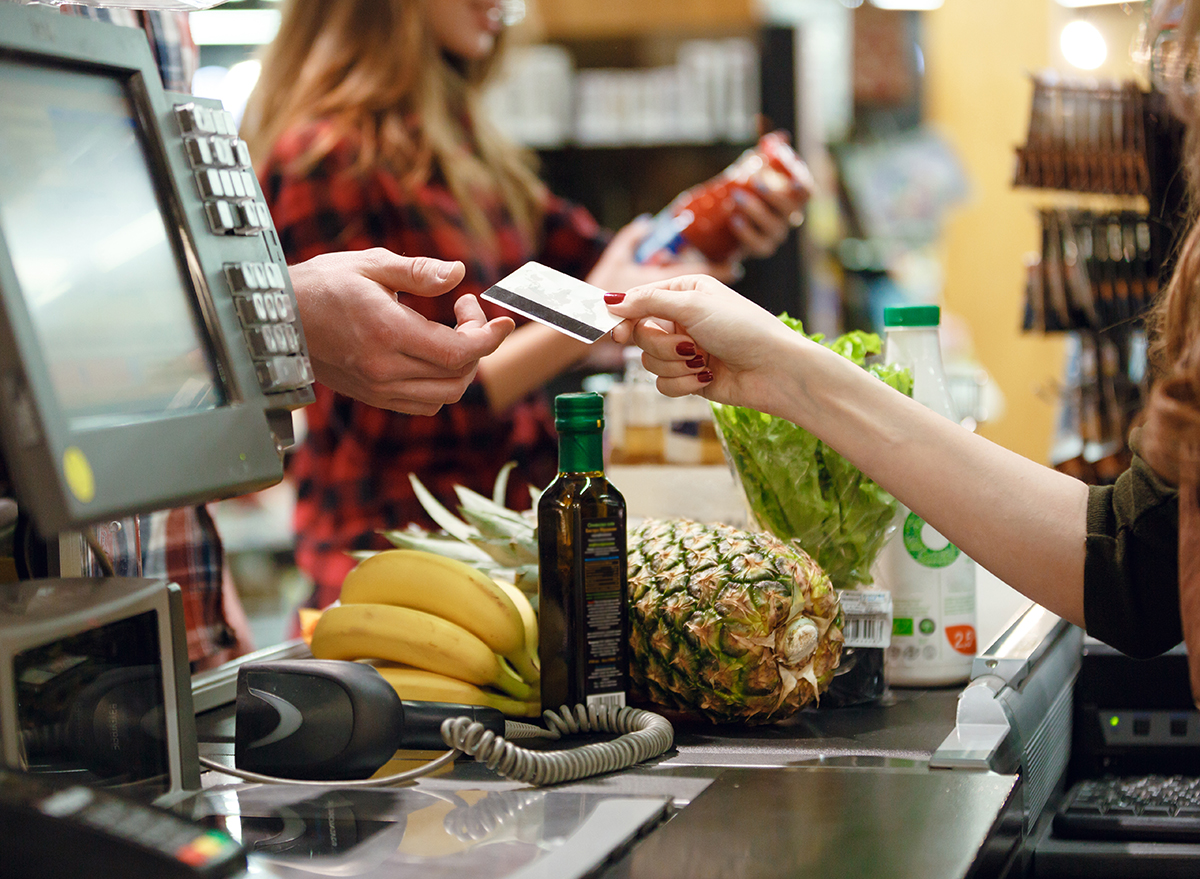
Exorbitant prices at the grocery store are nothing new at this point. Consumers have faced soaring costs for everything from eggs to olive oil, but getting used to the sticker shock doesn't make stocking up on food for the week any easier on the average American's wallet these days.
While it's true that pretty much everything has become more expensive in recent years, the U.S. Department of Agriculture (USDA) reports that between 2019 and 2023 food prices increased faster than the cost of housing, medical care, or education. Moreover, 2022 saw food prices accelerate at a quicker pace than any other year since 1979!
As far as why supermarket prices have skyrocketed, take your pick; war, poultry/livestock disease, and unusual weather patterns are just a few examples of the numerous hurdles and supply chain issues that have exacerbated food prices since the height of the COVID-19 pandemic. When it's harder and more expensive to produce the food in the first place, let alone transport it to a grocery store near you, ballooning grocery bills are inevitable.
Per the USDA's latest Food Price Outlook report, food inflation cooled off somewhat last year, with grocery prices only rising by 5% in comparison to 2022's 11.4% annual increase. Even so, 2023 still recorded an overall increase in food-at-home (groceries) spending compared to 2022 ($1 trillion to $1.1 trillion year-over-year). Fast forward to this calendar year, and 2024 has continued to see food prices increase, albeit at a much more reasonable rate. The latest U.S. Bureau of Labor Statistics' Consumer Price Index report covering June 2024 indicates a 1.1% increase in grocery prices year over year.
While indicative of a promising trend in the right direction, these numbers likely offer little comfort to budget-strapped shoppers continuing to see shocking prices displayed throughout every supermarket aisle. Frustratingly, while it's undeniably consumers who are ultimately forced to foot the bill for pricier groceries, a report released by the Federal Trade Commission earlier this year revealed some of the biggest grocery brands on the planet—Walmart, Kroger, Amazon—have turned a very healthy profit for themselves amid all these developments by "accelerating and distorting the negative effects associated with supply chain disruptions."
In other words, major grocery brands were far better prepared to cope with global and economic developments than smaller firms, but that certainly didn't stop them from constantly raising prices. Now, FTC Chair Lina Khan is looking to launch a new inquiry into ever-expanding grocery prices. "We want to make sure that major businesses are not exploiting their power to inflate prices for American families at the grocery store," Khan said during a July public meeting, per Quartz.
Of course, retailers of all sizes have undoubtedly recognized one clear fact this summer: Shoppers are tired of sky high prices, and it's beginning to impact profit margins and sales quotas. That's why so many stores and chains are promoting various ways for consumers to save. Walmart, for example, is reportedly offering 45% more grocery deals this year.
Still, despite such efforts, it's plain to see that as we enter the last leg of summer and look ahead to fall, it's likely that certain foods and goods will continue to see further price increases. Let's take a look at the five most expensive grocery items this fall.
Eggs
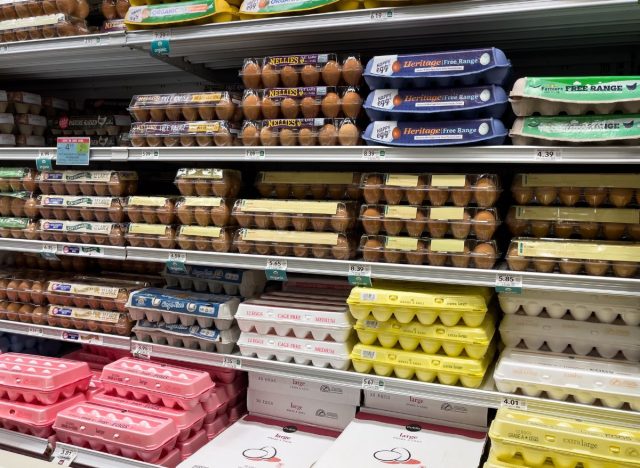
A morning staple from coast to coast, eggs are an absolutely essential item in every kitchen. Unfortunately, egg prices have been on something of a roller coaster in recent years. This is mainly due to ongoing outbreaks of highly pathogenic avian influenza (HPAI) beginning around 2022. Further HPAI outbreaks detected in 2023 and 2024 around the United States (California, Texas, Michigan) have continued to impede egg deliveries and production quotas.
The cost of a dozen eggs hit its peak in the beginning of 2024, selling for as much as $4.82. Costs have cooled somewhat since then, now hovering around roughly $3 per dozen, but egg prices in June 2024 were still an astounding 10.2% higher than in June 2023! Moreover, egg prices jumped up another 3.5% between May and June 2024. While the CPI predicts a modest 0.3% price drop for the rest of the year, the report also emphasizes the volatility and unpredictability of the egg market right now.
Beef
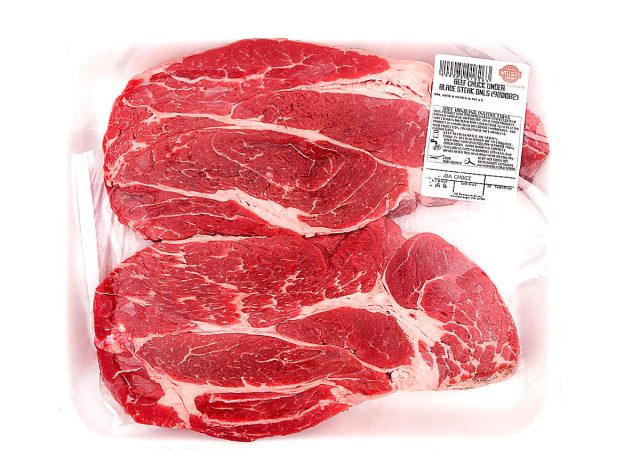
Challenging farming conditions, robust demand from consumers, and shrinking cattle inventories are all contributing to the high price of beef nowadays. A series of droughts, coupled with increasing interest rates and grain prices, have extracted a heavy toll on the cattle farming industry. Consequently, the United States hasn't had a cattle inventory this small since 1951. Less beef despite healthy demand from consumers has led to major spikes in beef prices as of late.
According to the CPI, the average price for ground beef reached a record high in June of $5.47 per pound (the previous high had been $5.35 per pound in November 2023). The USDA, meanwhile, reported the price of both beef and veal has been steadily increasing for the past four months straight, with a .5% increase recorded in June 2024 alone. On a year-over-year basis, beef and veal prices were 5.1% percent higher in June of this year compared to June 2023. Moving forward, beef prices are predicted to continue their climb by about 4.4% for the rest of 2024.
Butter
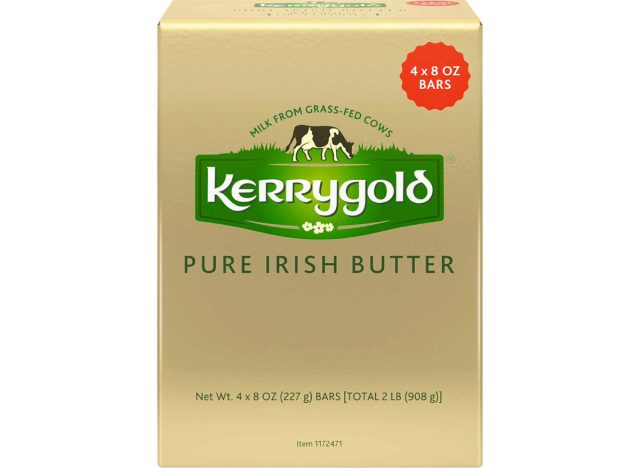
Fall is synonymous with Halloween, falling leaves, and baking! There's nothing quite like a fresh pumpkin pie on a brisk autumn evening, but you may want to consider stocking up on butter early in anticipation of this year's pastries. Bloomberg reported last month that butter has never been more expensive than it is now; prices reached an average of $7,350 per metric ton on the most recent Global Dairy Trade auction, surpassing the previous peak of $7,086 set two years ago in 2022. Additionally, the latest CPI reports butter and margarine prices jumped 2.4% in the span of just one month between May and June of this year.
The factors driving this butter bull run are myriad and nuanced. To start, U.S. demand for butter has steadily been on the rise while suppliers are producing less and less. Extreme heat during the past few summers have led cows to produce less milk, and less milk means lower diary supplies all around.
The issue has been intensified by the majority of dairy producers focusing on other dairy goods like cheese, ice cream, and cream lately—leaving the proverbial butter cupboard closer to empty than fully stocked. Last year saw butter prices spike right around the fall baking season in October. There's little reason to expect a different outcome this autumn.
Chocolate
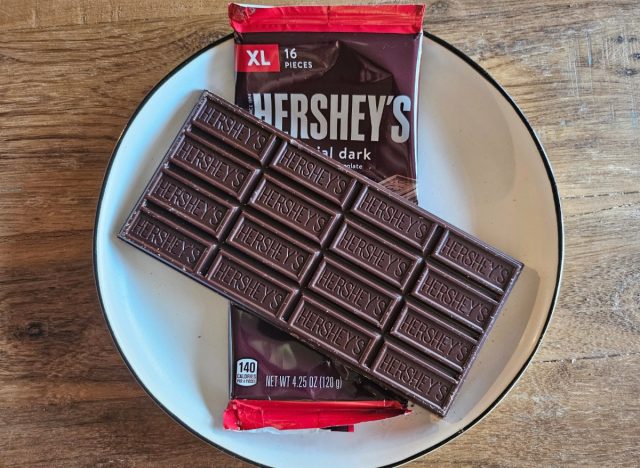
Another baking must-have, chocolate is guaranteed to be in high-demand come autumn. After all, no one wants to be the house on the block giving out apples or pennies instead of candy bars on Halloween. Chocolate is yet another crop dependent on weather patterns and well-functioning supply chains, and the price of cocoa has absolutely exploded over the past year or so. Investopedia reports U.S. retail prices jumped by a full 10% last year, and this year cocoa reached an all-time high of over $11,000 per metric ton in April. For reference, cocoa was selling for $3,000 per metric ton in April 2023.
The El Nino weather pattern earlier this year produced much drier than usual weather in some of the heaviest cocoa-producing areas in Western Africa. Ghana and the Ivory Coast account for roughly 60% of all cocoa production, but both have been seriously hampered by a combination of bad weather and higher costs coupled with lower profits for farmers. Copious rainfall led to the spread of cocoa crop ailments like black pod disease and swollen shoot virus in Ghana, and the Ivory Coast is projecting a 25% to 30% lower crop yield for April through September 2024.
It's unlikely price decreases are on the horizon anytime soon. Just two months ago, Reuters reported Ghana is going to be delaying a crucial shipment of 350,000 tons of cocoa beans until next season. "Given the persistently high cocoa prices, it may be necessary for us to make responsible adjustments to pricing in the future," a Nestle spokesperson told CNN earlier this year.
Coffee

Countless people start their days with a hot cup of java, but at what point is the cost too high to justify a little bit of caffeine in the morning? Just like other groceries such as chocolate or dairy goods, coffee is incredibly sensitive to multiple factors like unpredictable rainfall or excessive heat waves.
"Coffee is more sensitive to changes in temperature than many other crops," Michael Hoffmann, professor emeritus at Cornell University's College of Agriculture and Life Sciences, recently told CNN. "Climate change is getting worse. Just imagine more severe weather, rising temperatures, and the direct effect to the people working in the coffee plantations…probably for (consumers), the coffee's just going to get more expensive."
Both Brazil and Vietnam, two of the biggest coffee-producing nations in the world, have dealt with adverse and unusual weather over the past few years, resulting in major reductions in coffee exports. The USDA expects such events to occur more often as climate change unfolds. It's also worth mentioning emerging markets like China are looking to import more and more coffee, and with less java overall to go around, that increased demand is placing extra strain on supplies.
Just last month the International Coffee Organization (ICO) reported the Composite Indicator Price, considered a reliable indicator of global coffee prices, hit a 13-year-high of $2.27 per pound. Grocery store coffee brands like Folgers and Café Bustelo have already raised their prices this year, and Italian coffee company Lavazza expects further price hikes later this year.
- Source: https://www.ers.usda.gov/data-products/food-price-outlook/summary-findings/
- Source: https://www.bls.gov/cpi/
- Source: https://www.ams.usda.gov/mnreports/ams_3725.pdf
- Source: https://www.bls.gov/news.release/pdf/cpi.pdf
- Source: https://www.ers.usda.gov/data-products/food-price-outlook/summary-findings/
- Source: https://www.bls.gov/news.release/pdf/cpi.pdf









